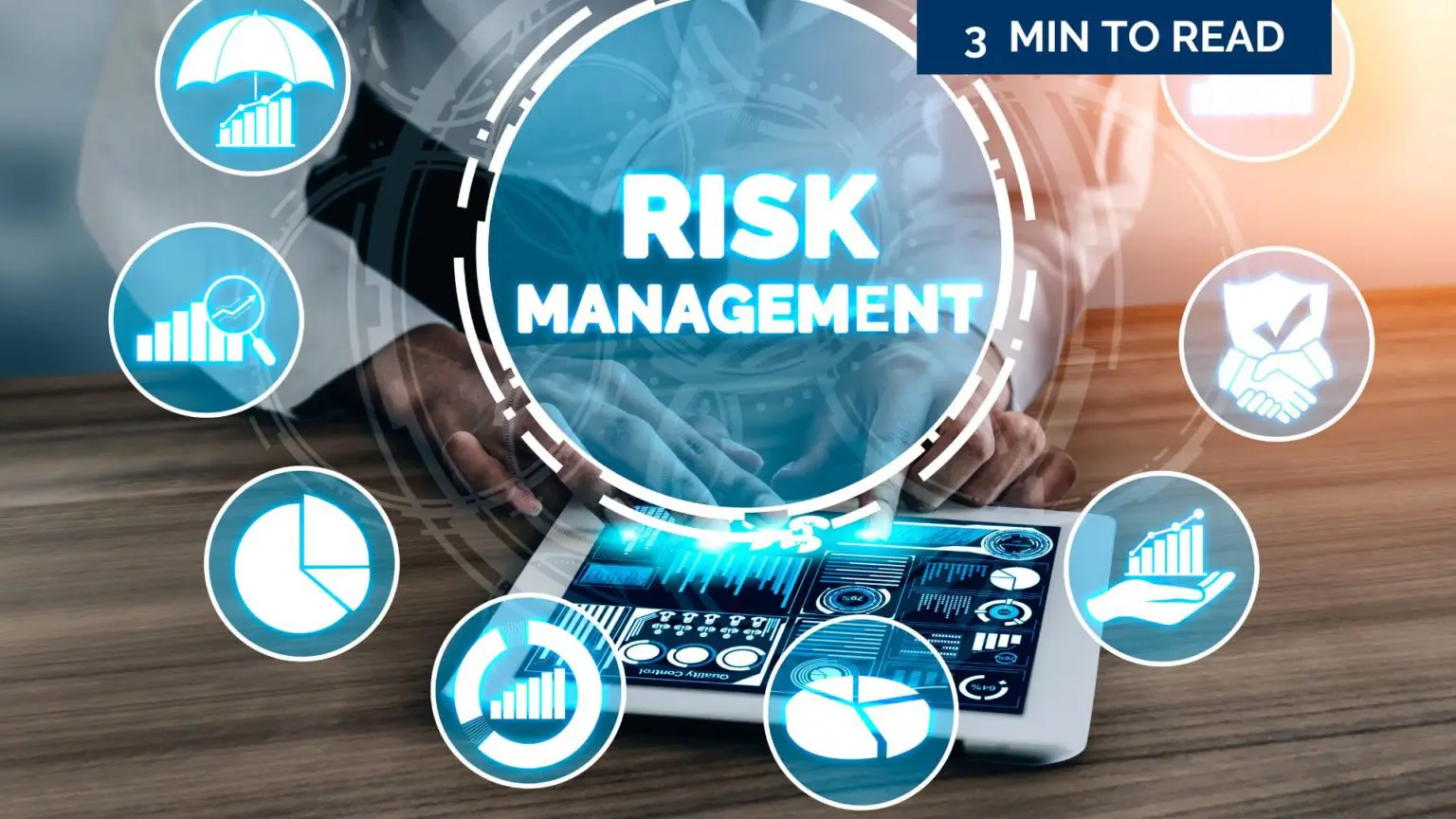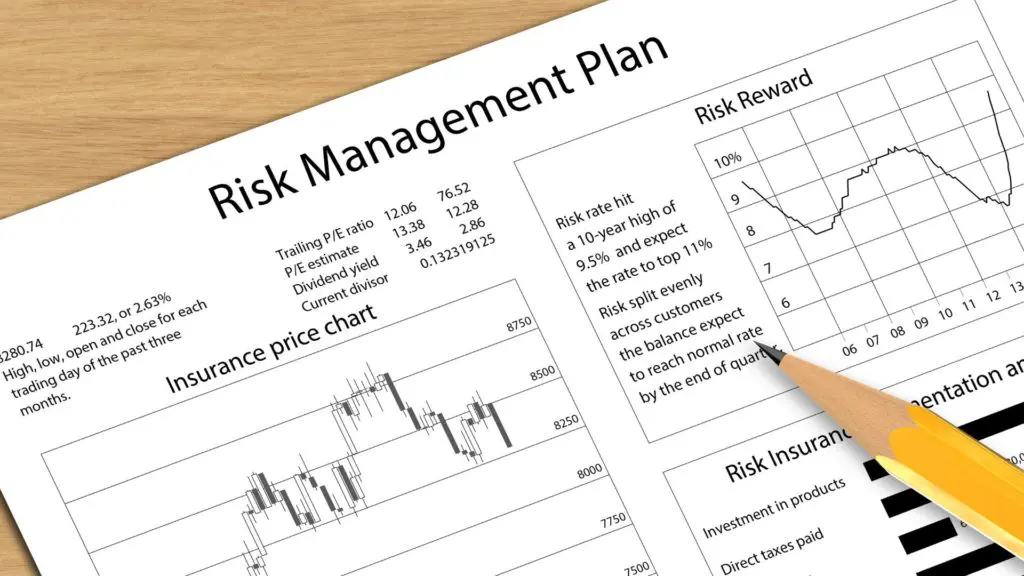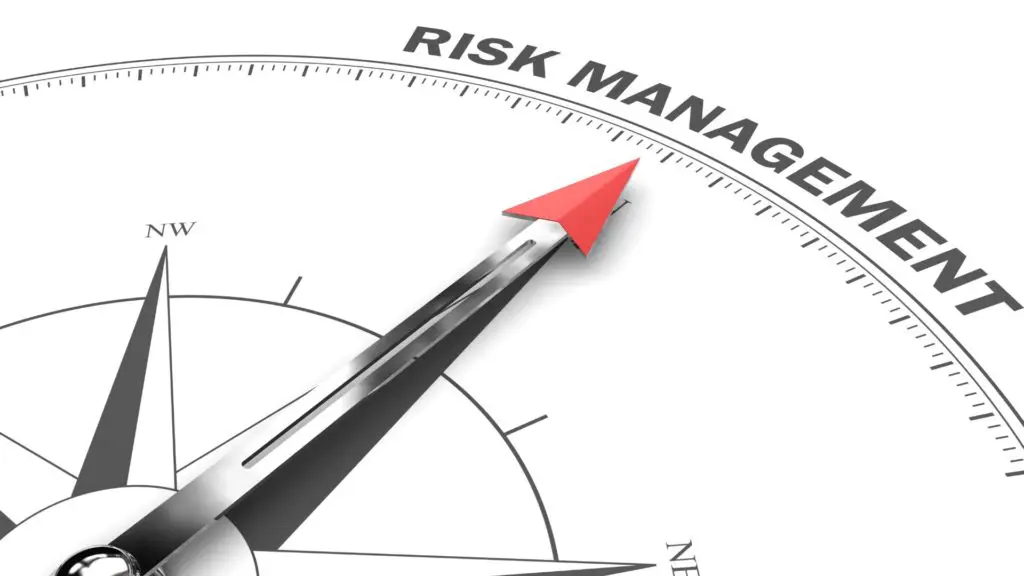Identifying Risks in Project & Portfolio Management

By Jörgen Lindahl │ April 3, 2023

- Project Portfolio Management
Risk management is a critical aspect of project and portfolio management. The success of projects and portfolios depends on identifying potential risks and developing strategies to mitigate them.
In this article, we will explore the best practices for risk management in project and portfolio management, including strategies for identifying, assessing, and mitigating risks.
Identifying Risks
The first step in risk management is identifying potential risks. The following strategies can help organizations identify risks in project and portfolio management:
- Brainstorming Sessions: Organizations can conduct brainstorming sessions with stakeholders to identify potential risks. Brainstorming sessions can involve team members, subject matter experts, and other stakeholders to generate ideas and identify risks.
- Risk Registers: Organizations can maintain a risk register that documents potential risks, their likelihood, impact, and mitigation strategies. The risk register can be updated regularly to reflect changes in the project or portfolio.
- Historical Data: Organizations can use historical data from previous projects to identify potential risks. Historical data can provide insights into the types of risks that have occurred in the past and their impact.

Assessing Risks
Once potential risks are identified, the next step is to assess their likelihood and impact. The following strategies can help organizations assess risks in project and portfolio management:
- Probability and Impact Matrix: Organizations can use a probability and impact matrix to assess the likelihood and impact of potential risks. The matrix can help prioritize risks based on their likelihood and impact.
- Risk Scoring: Organizations can assign scores to potential risks based on their likelihood and impact. The scores can help prioritize risks and develop mitigation strategies.
- Expert Judgment: Organizations can seek the input of subject matter experts to assess potential risks. Expert judgment can provide valuable insights into the likelihood and impact of risks.

Mitigating Risks
Once potential risks are identified and assessed, the next step is to develop strategies to mitigate them. The following strategies can help organizations mitigate risks in project and portfolio management:
- Risk Avoidance: Organizations can avoid potential risks by not pursuing projects that pose significant risks. Risk avoidance can help reduce the likelihood of risks occurring.
- Risk Transfer: Organizations can transfer potential risks to third parties, such as insurance companies or contractors. Risk transfer can help reduce the impact of risks.
- Risk Mitigation: Organizations can develop strategies to mitigate potential risks. Risk mitigation strategies can include developing contingency plans, implementing safety measures, and allocating additional resources.

Organizations that follow these best practices can increase the chances of success in their project and portfolio management.


